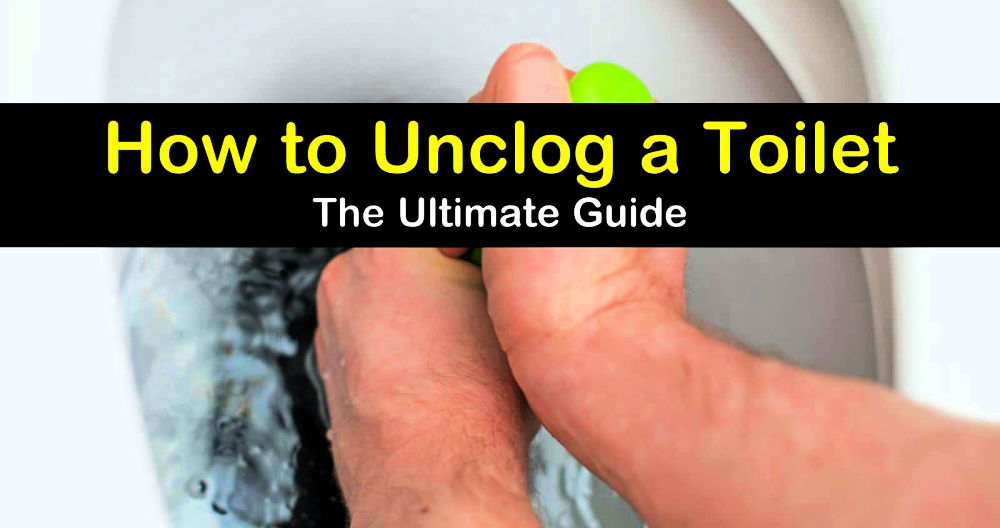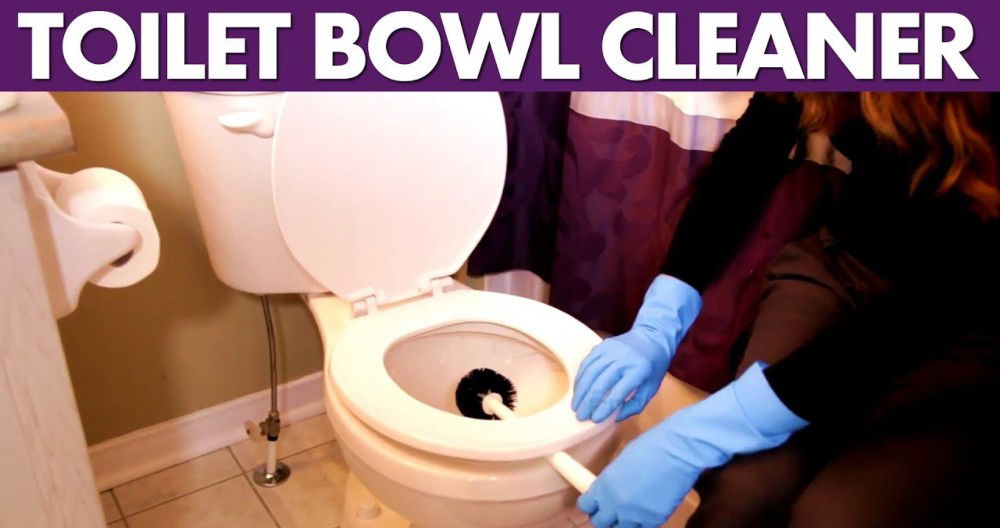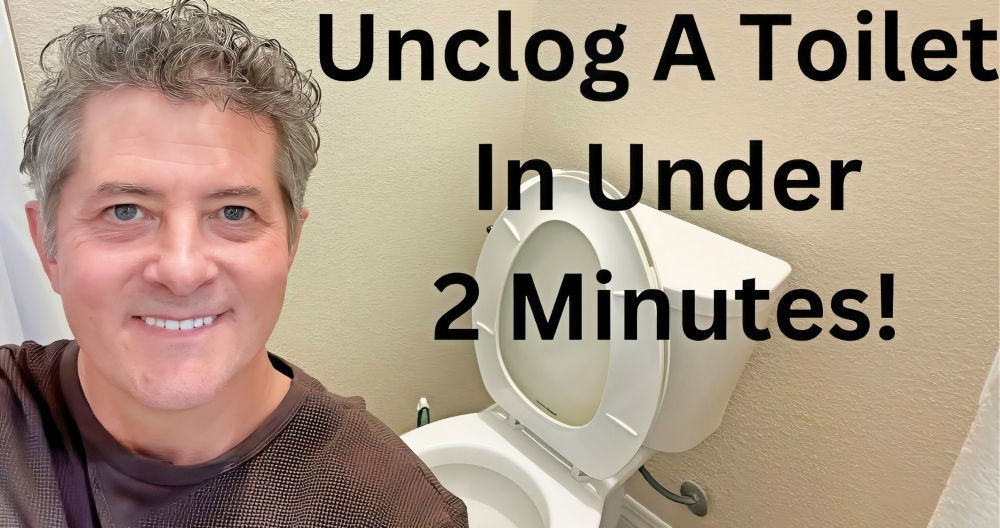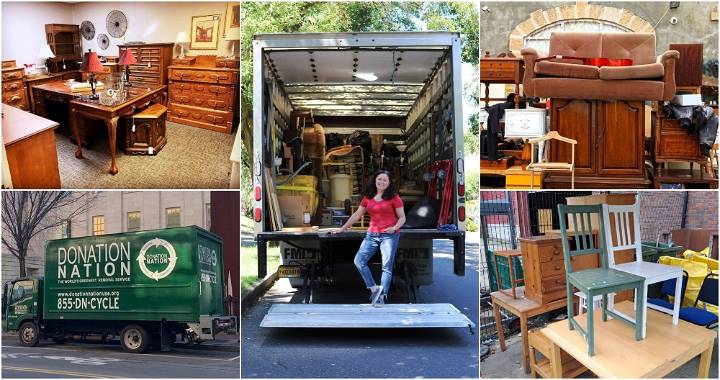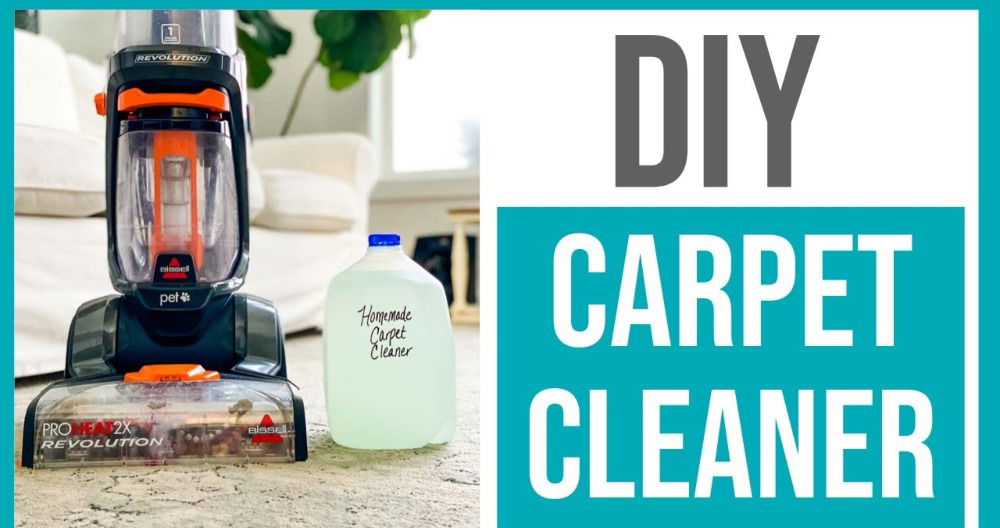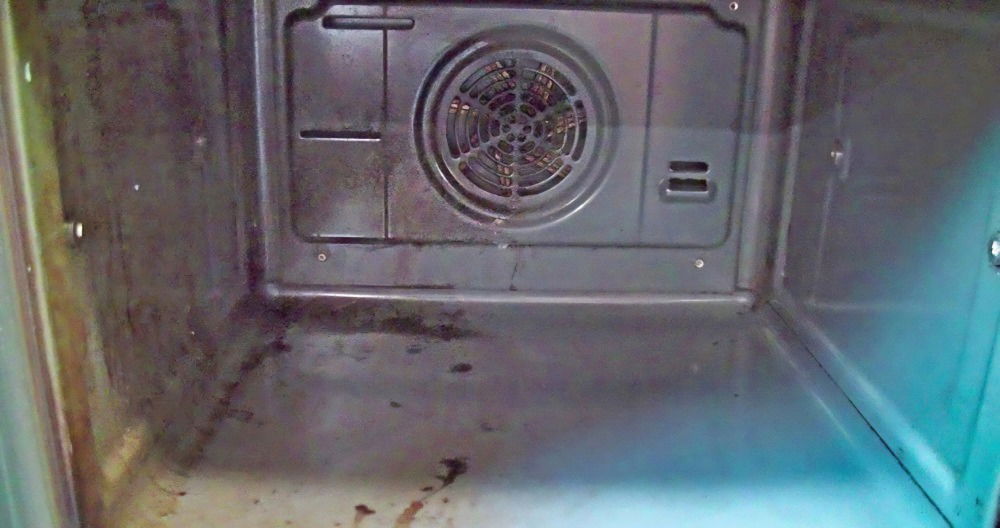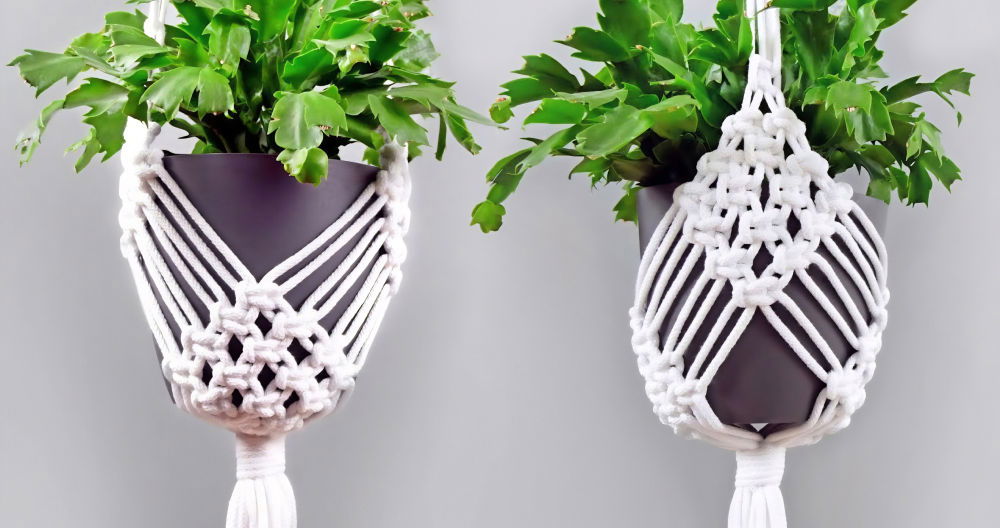Toilets are essential in our homes, but often, we pay little attention to how they work until something goes wrong. Understanding the mechanics of your toilet is not only interesting but also incredibly useful for troubleshooting and performing simple repairs. Let's break down the basics of toilet mechanics in a way that's easy to grasp.
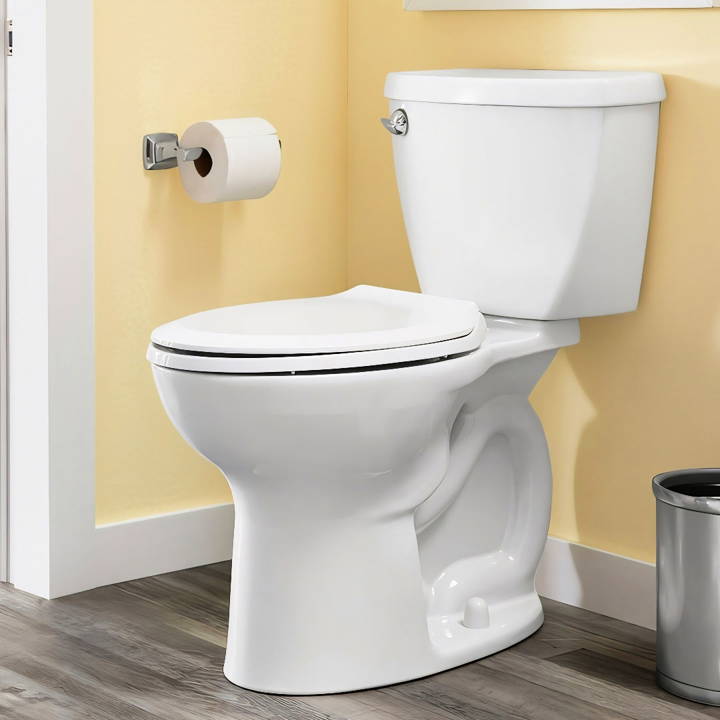
The Main Components
Your toilet consists of two primary parts: the tank and the bowl. The tank is the upper part that holds water for flushing, and the bowl is where waste is deposited before it's flushed away.
How It Works
When you flush the toilet, here's what happens in simple terms:
- The Flush: You press the handle, which lifts a rubber seal called the flapper.
- Water Rushes In: The lifted flapper allows water from the tank to flow into the bowl quickly.
- Waste Goes Out: The force of the water pushes the waste through a curved pipe called the tramway, effectively cleaning the bowl.
- Refilling: After flushing, the tank refills with water and is ready for the next use.
Common Issues
- Running Toilet: This often occurs when the flapper doesn't seal properly, allowing water to leak from the tank into the bowl. Replacing a worn-out flapper usually fixes this issue.
- Weak Flush: If your toilet isn't flushing strongly, it might be due to clogged holes under the rim of the bowl. Cleaning these holes can improve the flush.
Maintenance Tips
- Regular Checks: Inspect the flapper and fill the valve periodically for signs of wear.
- Clean Regularly: Keep the rim holes and siphon jet clean to ensure a strong flush.
Understand these basics, and you can keep your toilet running smoothly without calling a plumber. A well-maintained toilet prevents issues and saves water.
Tools and Materials Needed
- Wire Cutters or Tin Snips: To adjust the length of the chain.
- Flathead Screwdriver: For adjusting the screws on the float mechanism.
- Philips Head Screwdriver: Sometimes required for various adjustments.
- Universal Flapper (Optional): If your existing one is worn out.
- Adjustable Wrench (Not initially mentioned, but helpful): For replacing the fill valve if necessary.
Step by Step Instructions
Learn how to fix a toilet that keeps running with our step-by-step guide. Identify and solve common issues like a faulty flapper, improper chain length, and float adjustments.
Step 1: The Culprit Could Be the Flapper
In my case, the first thing I checked was the flapper, as advised by a home repair tutorial I had found online. My flapper was showing its age with signs of wear and mineral deposits. Changing it out was simple:
- Turn off the water supply to the toilet.
- Flush the toilet to drain the tank.
- Unhook the old flapper from its chain and lift it off.
- Install the new flapper, making sure it's a snug fit.
Why a Universal Flapper?
A universal flapper is designed to fit most toilets, making it an ideal choice for those unsure about their toilet brand. It's an economical and efficient way to get the job done.
Step 2: Chain Length Matters
Another issue I encountered was the chain's length between the flush lever and the flapper. It was too long, causing it to occasionally get caught under the flapper, allowing water to continuously leak into the bowl.
Here's how I fixed it:
- Shorten the chain using wire cutters, ensuring only a slight slack remained.
- Check the action by flushing a few times, ensuring the chain lifts and lowers the flapper without getting trapped.
Step 3: Adjusting the Float
Water continuously running into the overflow tube indicated my tank's water level was too high. Adjusting the float mechanism was the solution:
- Identify your float type - mine was a float cup.
- Locate the adjustment screw on the float mechanism.
- Turn the screw to lower or raise the water level in the tank. In my case, I turned it counterclockwise to lower the water level.
Helpful Tip: Keep the water level about half an inch to an inch below the overflow tube to ensure the toilet functions properly without wasting water.
What If It's Still Running?
After adjusting the flapper, chain, and float, my toilet was still running. It turned out the fill valve was faulty. Replacing it required a bit more elbow grease and an adjustable wrench:
- Purchase a universal fill valve from a hardware store.
- Follow the manufacturer's instructions for installation, which usually involves removing the old valve and installing the new one, then adjusting the float to the correct water level.
Common Causes of a Running Toilet
A running toilet can be a source of annoyance and a waste of water, leading to higher utility bills. Understanding the common causes of a running toilet can help you diagnose and fix the issue promptly. Here are the typical reasons your toilet may not be resting quietly:
Faulty Flapper
The flapper is a rubber valve that seals the water in the tank. Over time, it can warp or deteriorate, causing water to leak into the bowl. A simple test is to add a few drops of food coloring to the tank water. If the color appears in the bowl without flushing, the flapper needs replacing.
Improper Chain Length
The chain connecting the flapper to the flush handle must be of the right length. If it's too short, it may prevent the flapper from sealing properly, and if it's too long, it can get caught under the flapper, causing a leak.
Misadjusted Float
The float controls the water level in the tank. If set too high, water flows into the overflow tube, and the fill valve doesn't shut off, causing the toilet to run. Adjusting the float to the correct level can resolve this issue.
Malfunctioning Fill Valve
A fill valve that doesn't close when the tank reaches the proper water level will cause continuous running. This can be due to debris in the valve or wear and tear. Cleaning or replacing the fill valve can often fix the problem.
Overflow Tube Issues
If the water level is too high, it may constantly run into the overflow tube. Ensuring the water level is set below the top of the tube can prevent this.
Worn Gaskets and Seals
Over time, the gaskets and seals in the toilet tank can wear out, leading to internal leaks. Inspecting and replacing these parts as needed can help maintain the toilet's proper function.
Fixing these common issues can usually stop a toilet from running. Regular maintenance and timely repairs ensure efficient operation and save water.
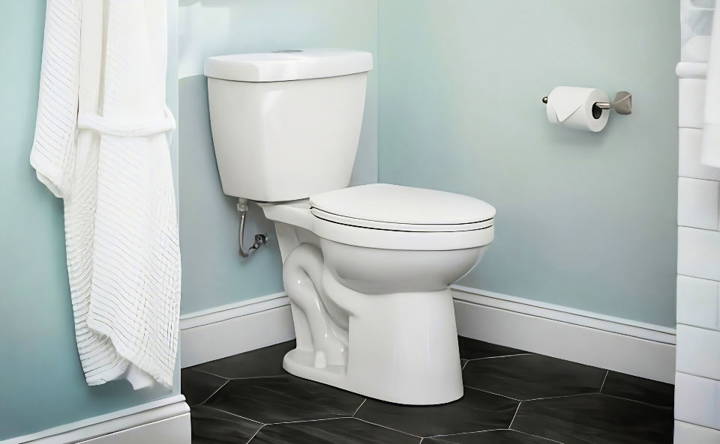
Advanced Troubleshooting for a Running Toilet
When the usual fixes don't stop your toilet from running, it's time to delve a bit deeper. Advanced troubleshooting can help you identify and resolve less common problems that might be causing your toilet to run continuously. Here's a guide to help you through the process:
Check the Overflow Tube
The overflow tube is crucial for preventing water from spilling over the tank. If the water level is too high, it will continuously drain into the overflow tube and into the bowl. Make sure the water level is about an inch below the top of the overflow tube. Adjust the float mechanism if necessary to lower the water level.
Inspect the Flush Valve Assembly
The flush valve assembly includes the overflow tube and the flapper. Inspect it for any signs of damage or wear. Look for cracks or warping that could prevent a proper seal. If you find any damage, replacing the entire flush valve assembly may be the best course of action.
Examine the Fill Valve
Sometimes, debris or sediment can build up inside the fill valve, preventing it from closing properly. Turn off the water supply and remove the top of the fill valve. Check for debris and clean it out. If the fill valve is damaged or worn, consider replacing it to ensure it functions correctly.
Test the Flapper Chain
A flapper chain that's too tight or too loose can cause running problems. The chain should have just a bit of slack when the flapper is closed. If it's too tight, it can prevent the flapper from sealing. If it's too loose, it can get caught under the flapper. Adjust the chain length and make sure it moves freely.
Evaluate the Toilet Handle
A malfunctioning toilet handle can indirectly cause running issues. If the handle gets stuck in the flush position, it will keep the flapper open. Check the handle mechanism inside the tank and lubricate it if necessary. Make sure it returns to its original position after a flush.
Consider a Professional Inspection
If you've gone through all these steps and your toilet is still running, it might be time to call a professional plumber. There could be more complex issues at play, such as hidden leaks or problems with the plumbing that require specialized knowledge and tools to fix.
Follow these advanced steps to address the hidden causes of a running toilet. Always turn off the water supply before repairs. Seek professional help if unsure.
Maintenance Tips to Prevent Future Toilet Issues
Keeping your toilet in good working order doesn't require a plumbing degree—just a bit of knowledge and some regular care. Here are some straightforward maintenance tips to help you prevent common toilet issues:
Regular Inspection and Cleaning
- Inspect Internals: Every few months, take a look inside the tank to check for any signs of wear or damage to the flapper, fill valve, and other components.
- Clean the Bowl: Use a mild cleaner to scrub the bowl regularly. This prevents buildup that can affect flushing and cleanliness.
Flapper and Fill Valve Checks
- Test the Flapper: Make sure the flapper seals properly after each flush. If it's worn out, replace it to prevent leaks.
- Monitor the Fill Valve: Listen for the sound of running water to ensure the fill valve shuts off after the tank refills. Adjust or replace as needed.
Water Level and Flow Adjustment
- Adjust the Float: The float controls the water level in the tank. It should be set so the water stops filling about an inch below the overflow tube.
- Check for Leaks: A simple way to check for leaks is to add food coloring to the tank water. If the color seeps into the bowl without flushing, you have a leak.
Handle and Chain Operation
- Handle Movement: Ensure the handle returns to its position after flushing. If it sticks, it may need cleaning or replacing.
- Chain Length: The chain should have a slight slack. If it's too tight or too long, adjust it to prevent running issues.
Avoiding Clogs
- Be Mindful of What You Flush: Only human waste and toilet paper should go down your toilet. Even items labeled as “flushable” can cause clogs.
- Use a Plunger: Keep a plunger handy for small clogs, and use it correctly to clear blockages without causing damage.
Professional Help
- Seek Expertise: If you encounter a problem that's beyond your comfort zone, don't hesitate to call a professional plumber. It's better to get expert help than to risk further damage.
Use these tips to extend the life of your toilet and avoid issues. Regular care saves money and keeps your toilet efficient.
FAQs About How to Fix a Toilet That Keeps Running
Our FAQs offer effective solutions for a constantly running toilet. Save water and money with these easy troubleshooting tips!
A running toilet usually happens when the flapper inside the tank doesn’t form a tight seal. This allows water to leak from the tank into the bowl. It could also be due to an issue with the fill valve or the float.
To check the flapper, first, turn off the water supply to the toilet. Then, flush the toilet to drain the tank. Inspect the flapper at the bottom of the tank; if it’s worn or damaged, it needs to be replaced.
If the fill valve is the culprit, you might hear water running constantly. To fix it, shut off the water and remove the top of the valve. Clean any debris and check for wear. If it’s damaged, you’ll need to replace the fill valve.
The float controls the water level in the tank. If it’s set too high, water can overflow into the tube and the toilet will keep running. Adjust the float by turning the adjustment screw or sliding the clip along the rod.
Yes, most running toilet issues can be fixed at home with minimal tools. Simple fixes like replacing the flapper or adjusting the float are DIY-friendly. However, if you're not comfortable with these tasks, it's best to call a professional plumber.
Wrapping Up
Wrapping up, learning how to stop a toilet from running can save your water bill and maintain your bathroom's efficiency. By following the steps outlined in this guide, you can easily address common issues and keep your toilet running smoothly. Enjoy the peace of mind knowing you've solved a pesky problem with these simple solutions.


